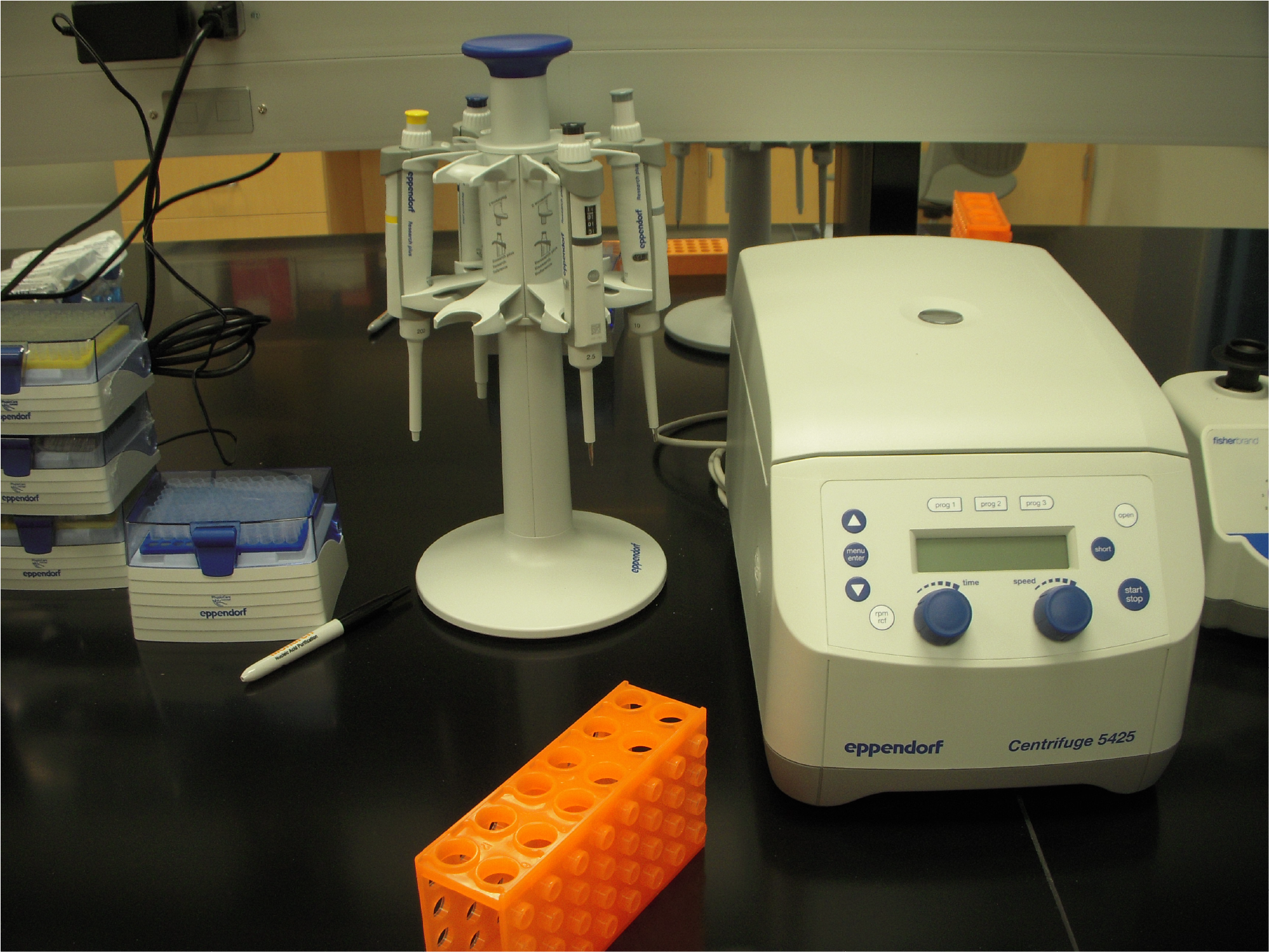11/19/21 – In our pre-Thanksgiving journal club we discussed a bioRxiv paper from the Li and Staley laboratories at the University of Chicago. In this work, Zeng and co-authors describe CoLa-Seq (co- transcriptional lariat sequencing). CoLa-Seq is a new technique that detects lariat containing precursor RNAs and splicing by-products to identify branchpoints. The authors call the two lariat containing species they detect with CoLa-Seq NLIs (nascent lariat intermediates) and ELIs (excised lariat introns). To obtain reads corresponding to NLIs and ELIs, the authors enriched for precursor RNAs by isolating chromatin. They further selected RNA in the process of splicing by decapping and degrading linear RNA, leaving only RNA protected by the 2’-5′ lariat linkage. Using CoLa-Seq, Zeng, et al. identified the largest number of branchpoints. In addition, CoLa-Seq provides a technique to continue branchpoint identification in other cell lines and under additional conditions. A reasonable protocol for branchpoint identification is important as, even with this study, many branchpoints remain unmapped. Branchpoint selection is important for recognition of the 3’ splice site and understanding of alternative splicing.
In addition to describing a new technique and documenting an extensive number of branchpoints, Zeng, et al., analyzed their results to make several novel biological insights. They analyze the timing of splicing by measuring the number of nucleotides past the 3’ splice site in NLI reads. One thing that surprised me from their timing data is the variability at the same intron. In addition, they found that splicing can happen in-order, out-of-order and concurrently. These three different splicing modes occur in different ratios in most transcripts. As spliced intermediates are rare and collected from a large population of cells, I wonder how the state of the cell and the level of transcript affect splicing timing and the order of splicing. Interestingly, splicing did not seem to depend on transcription of the downstream exon, even for long introns, as would be expected for the exon-definition model of splicing. Zeng, et al., also used extensive modeling to try and understand what elements control splicing timing and order. As an RNA structure lab, we were most intrigued by the role of GC content in splicing timing! However, as GC content captures both structural and sequence motifs, it is still too early to say what role RNA structure has in regulating splicing. We look forward to seeing the final version of this manuscript in press.
